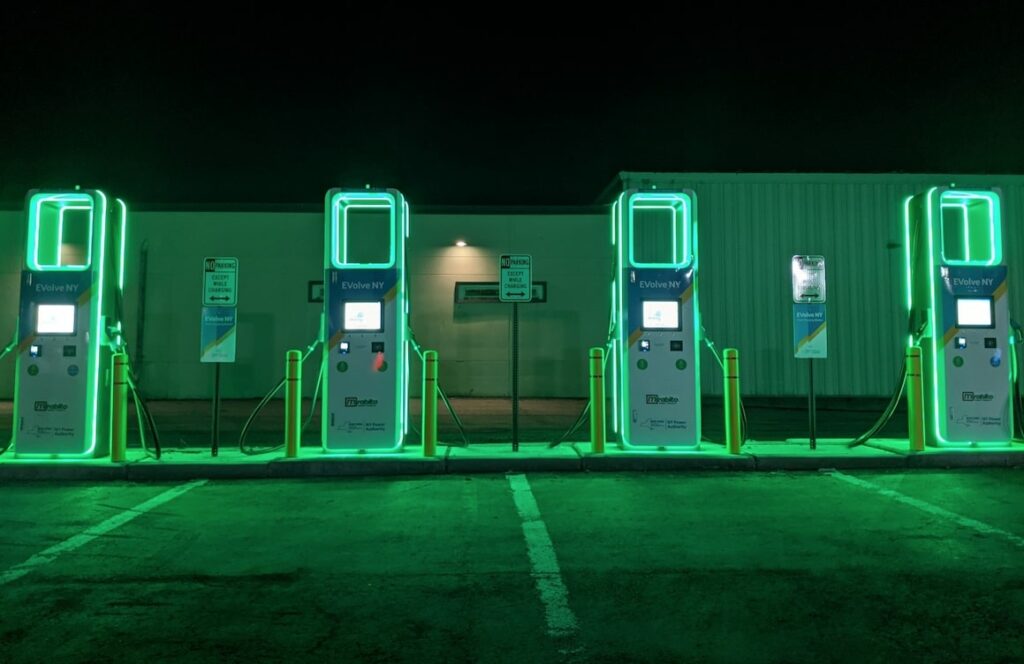
California utility PG&E has received approval to establish the US’ first vehicle-to-grid (V2G) export compensation mechanism for commercial EV charging customers in its service area.
The V2G export rate is the first dynamic export rate for EV charging customers to-date. PG&E said this will promote EV adoption and encourage vehicles to export power back to the grid during peak periods of demand.
It is hoped the new rate will increase participating in V2G programmes by school buses and other EVs in response to grid conditions. It will also will be available to charging stations which are paired with stationary energy storage systems (ESS).
The agreement was formulated through discussions between advocacy group Vehicle-Grid Integration Council (VGIC), EV charging station network operator Electrify America, and the California Public Utilities Commission (CPUC), which adopted it on 20 October.
A press release said that PG&E’s service area account for one in six EVs in the US, around 420,000, and that large vehicles like school buses and commercial fleets could serve as crucial, flexible grid resources in future.
Ed Burgess, VGIC policy director, said: “As ever-greater numbers of EVs hit the roads, this innovative rate option will allow EV owners to further benefit from their investment in clean transportation.”
“Leveraging the capability of EVs as a grid resource will help integrate more clean energy into our power system, reduce energy bills for all utility customers, and support California’s ambitious decarbonisation goals.”
As Energy-Storage.news has reported when covering the topic of V2G, many industry observers see buses and commercial EVs as much more fertile ground for scaling up V2G programmes than the consumer EV space. This is because of larger battery sizes, more predictable usage schedules and a less atomised pool of customers.
School and transit buses in particular are being touted as a particular opportunity, and have also electrified much faster than the consumer EV space in the US, according to figures provided to Energy-Storage.news by a spokesperson for The Mobility House, a Germany-based one-stop-shop EV charging and V2G solution firm.
Out of 100,000 public transit buses, some 3,500 are electric (3.5%) while 12,000 out of the 500,000 (2.4%) school buses have made the switch to-date, the data shows. Compare that to less than 1% of consumer vehicles according to most data sources, including a Reuters infographic report from February this year.

